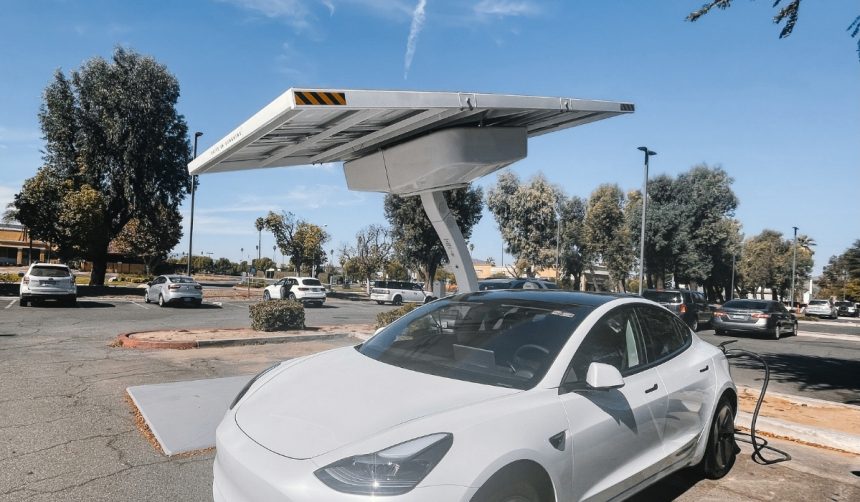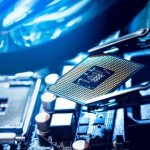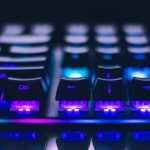The tech industry often faces challenges connected to employee mobility and proprietary innovation. Recent legal developments have drawn attention to these issues, particularly regarding advanced robotics and intellectual property protection. Tesla’s litigation over its Optimus robot’s technology underscores the tension between the exchange of expertise and the safeguarding of competitive business assets. While robotics startups can benefit from skilled engineering talent, questions of ethical boundaries and legal accountability remain as companies seek to protect their strategic investments.
Similar disputes between large technology firms and former employees have surfaced over the past years, mostly concerning software code, battery advancements, and automated systems. Unlike previous cases, such as Tesla’s earlier legal pursuits related to battery secrets, this conflict centers on robotic hardware—in particular, the design of dexterous robot hands. Earlier lawsuits saw legal repercussions like prison sentences, whereas the current case focuses on civil litigation and specific claims regarding the speed and similarity of development outcomes by Proception, the startup co-founded by Jay Li.
What led Tesla to file the lawsuit?
Tesla filed a lawsuit against Jay Li, a former member of its Optimus engineering team, in federal court. The company claims that Li misappropriated confidential research files prior to his departure and later used them to establish his own robotics firm, Proception. Accusations suggest Proception benefited from internal information to expedite the development of robotic hand technology, which Tesla asserts required extensive resources and years of trial and error.
How does Tesla describe the impact of the alleged misappropriation?
According to the complaint, Tesla argues that Proception achieved notable progress on robotic hands in a fraction of the time and cost.
“Through Li’s pilfering, Defendant Proception purportedly achieved in a matter of months what it has taken Tesla over four years, hundreds of employees, and billions of dollars to achieve.”
Tesla’s legal team points to similarities between the Optimum prototype and Proception’s product as evidence of the alleged shortcutting.
Could this case affect industry practices regarding trade secrets?
If the court rules in Tesla’s favor, both established and emerging robotics companies may face added scrutiny around employee transitions and technology disclosure. The lawsuit emphasizes the importance of robust safeguards for trade secrets in sectors marked by complex technological advances. Legal remedies sought by Tesla include monetary compensation and an injunction against further use of the disputed material by Proception. Law firm Gibson Dunn & Crutcher is spearheading Tesla’s legal strategy in this matter.
While criminal trade secret cases, including Tesla’s past conflict involving Klaus Pflugbeil’s theft of battery technology, have ended with successful prosecution or sentences, civil suits such as this focus more on business impact and future prevention. The frequent emergence of similar disputes highlights ongoing risks technology companies encounter as employees transition to new ventures, particularly in cutting-edge areas like robotics where proprietary know-how is highly prized.
Trade secret litigation in robotics and AI hardware can shape how both established corporations and startups approach hiring, onboarding, and innovation management. Legal risk grows when key personnel leave with access to sensitive development materials. Companies should reinforce protocols on information access and post-employment monitoring while employees can benefit from clear guidelines on intellectual property boundaries. As industry competition intensifies, balancing collaborative progress and exclusive advancement will likely remain a source of contention and policy refinement in technology circles.
- Tesla is suing Jay Li over alleged theft of Optimus robot technology.
- Proception reportedly developed robotic hands similar to Tesla’s after Li’s exit.
- Past cases focused on battery technology; this dispute centers on robotics.










